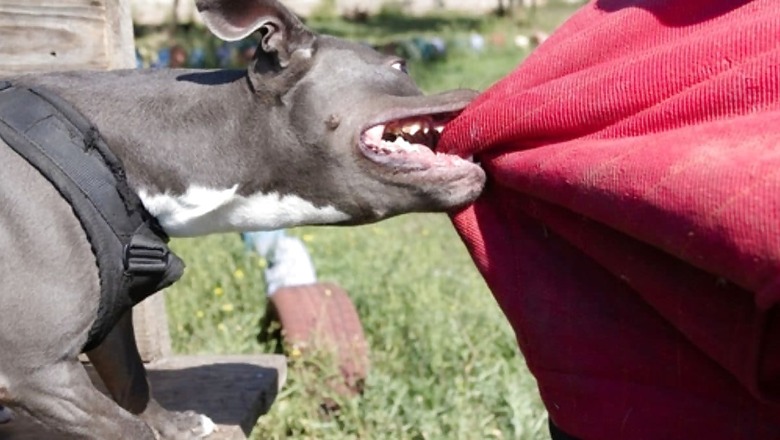
views
The latest footage capturing the agonizing cries of a 14-year-old boy suffering in an ambulance shortly before succumbing to his injuries has shone a spotlight on rabies — one of the deadliest diseases in the world.
India accounts for 36 per cent of global rabies deaths, making the elimination of rabies a long-standing public health challenge. Globally, rabies is the tenth-biggest cause of death due to infectious disease.
Also, data shows that India accounts for 65 per cent of deaths due to rabies in the South-East Asia region. The National Rabies Control Programme reported 6,644 clinically suspected cases and deaths of human rabies between 2012 and 2022.
While rabies is often described as having a 100 per cent mortality rate once clinical signs manifest, it is completely curable and preventable as well if post-exposure prophylaxis (PEP) is administered promptly after a person is bitten or exposed to the virus.
PEP involves a series of rabies vaccinations and if administered soon enough after exposure — within 24 hours of animal bite — it can effectively prevent the onset of symptoms and death.
What are the initial symptoms?
The zoonotic viral disease affects the central nervous system of the human body. As per WHO estimates, in up to 99 per cent of cases, dogs are responsible for rabies virus transmission to humans. It spreads to people and animals via saliva, usually through bites, scratches or direct contact with mucosa (e.g. eyes, mouth or open wounds).
Once the animal bites or licks, the incubation period for rabies is typically two–three months but may vary from one week to one year, depending on factors such as the location of virus entry and the viral load, according to the World Health Organisation.
The early indicators of rabies are fever, discomfort, and sensations like tingling, pricking, or burning at the site of the wound.
FOUR COMMON MYTHS ASSOCIATED WITH RABIES
Patient needs 14 injections to prevent rabies
No. The standard schedule is five doses starting from the day of exposure to day 3, day 7, day 14 and day 30.
Experts suggest that the first dose of the course should be administered within 24 hours of the exposure. The exact number of injections and the schedule can be adjusted by the doctor as per the requirement of the patient.
The rabies vaccine is painful and harmful?
Incorrect. According to Centre for Disease Control and Prevention, adverse reactions to rabies vaccine and immune globulin are uncommon. Only mild, local reactions to the rabies vaccine such as pain, redness, swelling, or itching at the injection site have been reported to date.
Observe the dog or the animal for 10 days before taking vaccine
No. While the animal infected by rabies will show symptoms like unprovoked biting or unusual aggression along with increased salivation, it is not advisable to wait and observe it. There is no fool-proof way to determine if an animal has rabies based solely on its behaviour.
In fact, one should not waste time and start treatment immediately as the first dose of vaccine will only work if it is administered within 24 hours of an animal bite or exposure to the virus.
Does the patient start mimicking a dog and its voice?
No. As the virus progresses into the central nervous system, WHO explains it triggers an inflammation of the brain and spinal cord. The patient will start showing irritability to noise and brightness along with other symptoms.
What should be done?
Experts suggest that people who are routinely exposed to animals in the course of their occupation or who have pets must take preventive doses of the vaccine. If required, they should also take the booster doses.
Also, creating awareness among children is especially important. “About 30-60 per cent of reported rabies cases and deaths in India occur in children under the age of 15 years as bites that occur in children often go unrecognised and unreported just like what tragically happened in the case of this young boy from Ghaziabad,” Urvashi Prasad, director at Niti Aayog, wrote in a thread on social media platform X, earlier known as Twitter.
Prasad added that vaccination, spaying or neutering of street animals needs to be considerably stepped up. “This remains a key challenge but also the most cost-effective intervention for eliminating rabies from the population.”
She called for coordinated efforts of government agencies, animal welfare NGOs, volunteers and resident welfare associations.

















Comments
0 comment